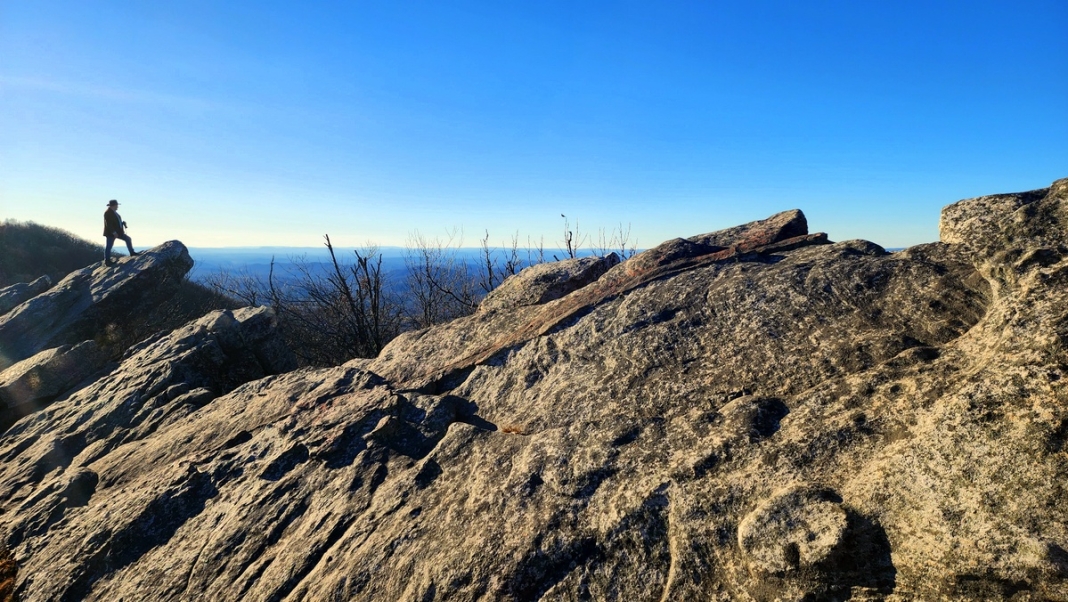PIPESTEM, W.Va. — Many of the thousands of people named "Farley" in the New River valley region in southern West Virginia trace their lineage back to one early settler, Drewry Farley.
He and his wife, Mary Adkins Farley, established their family in an upland pasture overlooking the New River at the summit of what's known locally as Shockley Hill. They are believed to have been the first permanent settlers of European descent in that region.

Most sources agree that Drewry and Mary arrived in about 1800, shortly after the threat of Shawnee attacks had subsided in the region. However, the couple was no stranger to the conflicts of the Border Wars, as those times of hostility were known.
In the 1770s, Drewry's uncle, Thomas Farley, had built a fort on the New River at the foot of Shockley's Hill. However, the fort, known as Farley's Fort, was abandoned after Shawnee raiders burned it.
Thomas’ half-brother, Matthew, was also an explorer and settler in the New River area and was a companion of James Ellison, who a group of Shawnee warriors captured. Thomas Farley's brother-in-law, Mitchell Clay, was attacked with his family by a group of Shawnee nearby. Two of their children were killed, after which the family returned to more defensible parts of the New River Valley near present-day Pearisburg.
Not coincidentally, the Farley homestead was built along the old native trail that crossed the New River at the bottom of Shockley Hill at a fording known as the Warford. The trail followed Indian Creek east from that crossing and west, mounting what's long been known as Indian Ridge. Frontier heroine Mary Draper Ingles may have been led along this trail after her capture by the Shawnee in 1755.
Farley served with Daniel Boone in the company of Hugh Caperton of the Virginian frontier militia at Charleston in 1793. He was born in 1760 in Bedford County, Virginia, and died in 1851 at Farley.
Some sources believe that Farley named nearby Pipestem Creek for the reeds in the marshes near its source, which were commonly used by indigenous tribes to fashion stems for tobacco pipes.
Farley's sons were Drewry, Jr., Gideon, Frances, Squire, and Henley. His daughters were Nancy, Rachel, and Cleo.
For many years, the old Farley cabin stood in the field, about 300 feet south of the present Farley monument. Around it was a farmstead and village, including a post office that came to be known as "Farley" or "Old Farley."

Old Farley lingered as a locally known point of interest well into the 1960s when the establishment of Bluestone Lake on the New River cut off local travel routes. The place may best be known as the location of the Bull Falls Campground, which includes 15 lakefront campsites on the New River just below the old town.
A monument to Drewry Farley stands near his grave in the Farley Cemetery at Old Farley off Grape Vine Lane and Broadway Road near Gravely Point Road. Taller than other stones in the small cemetery, the monument includes an inscribed granite plaque that memorializes the Farley family. The monument is not in the Drewry Farley Cemetery on River Ridge Road, a mile to the north.
Old Farley and the monument are a drive of approximately 2.3 miles from Pipestem, West Virginia, and Pipestem Resort State Park. Google coordinates for the landmark are 37.536338, -80.925904.
For more information on travel in the area, contact Explore Summers County.
Sign up for a FREE copy of West Virginia Explorer Magazine in your weekly email. Sign me up!



I like the stores very much,and would like too know more things about my state.
We'll keep researching and reporting! Is there anything in particular you're interested in?
Moms maiden name was Bessie Farley, I think initially from meigs county OH area. Her and her brother were in Mason County WV. Very interesting to me. I'm not sure that she would be related.
There's a possibility. A lot of people moved im that direction.
I am a descendant of Drewry's brother, Gideon. He married Mary West and they had a daughter named Johanna, who married Alexander Brown. Their father was Francis Farley, Revolutionary War Patriot.
I am a descendant of Drewry Farley, through his daughter, Almira who married Daniel T.Lilly, and through their son Christopher Columbus Lilly (Lum). Lum was my great grandfather.